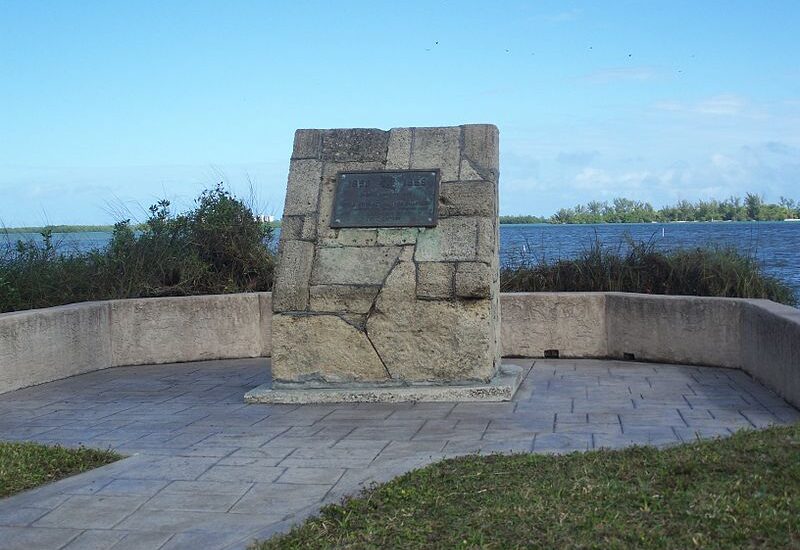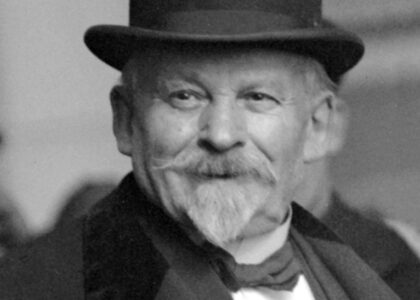Welcome to the Fort Capron Historical Marker in Fort Pierce, Florida, a place steeped in rich history and intriguing tales. Set against the backdrop of the Indian River, this site offers a window into the early days of Florida’s frontier. Fort Capron was established in 1838 during the Second Seminole War, under the command of Lt. Col. Benjamin Kendrick Pierce, the brother of the future U.S. President Franklin Pierce. The fort was strategically positioned on a bluff on the west side of the Indian River, built from palmetto logs near an Ais Indian mound and a natural fresh water spring.
Initially, Fort Capron served as a military post aimed at establishing control and order during the tumultuous times of the Seminole Wars. The war was part of a broader effort by the U.S. Army to quell resistance from Native American tribes in Florida. The fort’s construction marked the beginning of a significant military presence in the area, which played a crucial role in shaping the region’s history.
After the end of the Second Seminole War in 1842, the fort was abandoned by the military. Dr. Weedon, an early settler, took over the structures and repurposed them to accommodate new settlers arriving in the area. The transition from a military outpost to a settlement area reflects the broader historical shift from conflict to colonization and development.
In the years that followed, Fort Capron and its surroundings evolved significantly. By the late 19th century, the area saw the rise of various industries, including a seafood canning plant. The community known as Can Town flourished and eventually became part of the new city of Fort Pierce in 1901. The region also became a recreational site for people of color at the turn of the 20th century, despite the segregationist policies of the time.
The legacy of Fort Capron is not just in its military history but also in its role as a nucleus for early settlement and industry. The stories of the Ankeny brothers, who migrated to the area and established homesteads, further illustrate the pioneering spirit that characterized the region’s development. Fort Capron’s history is a testament to the resilience and adaptability of those who lived through its many transformations.






